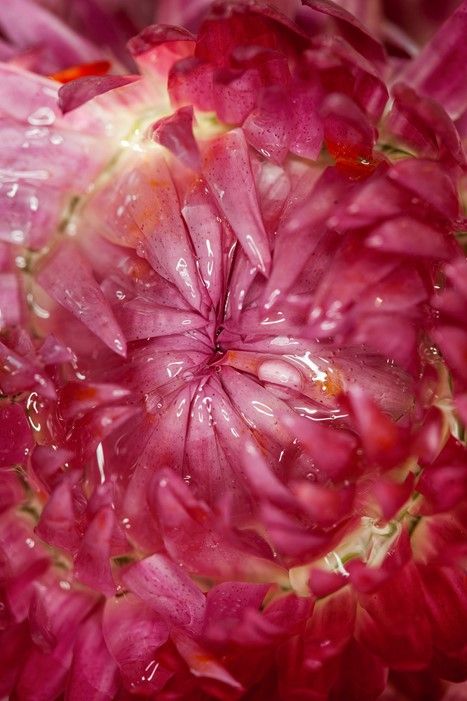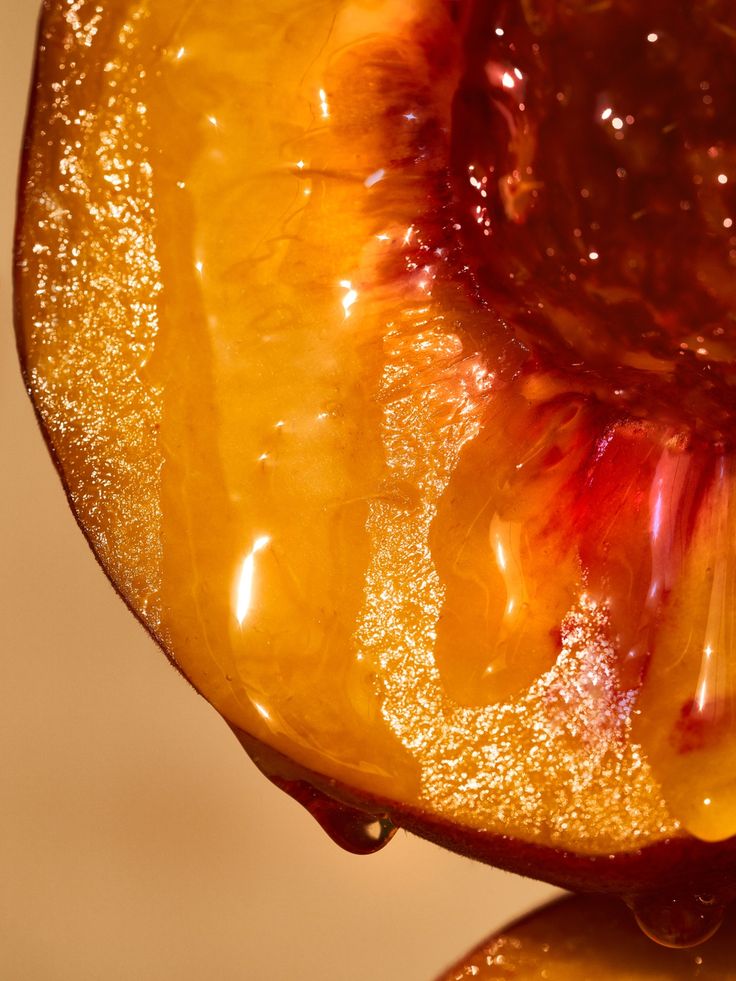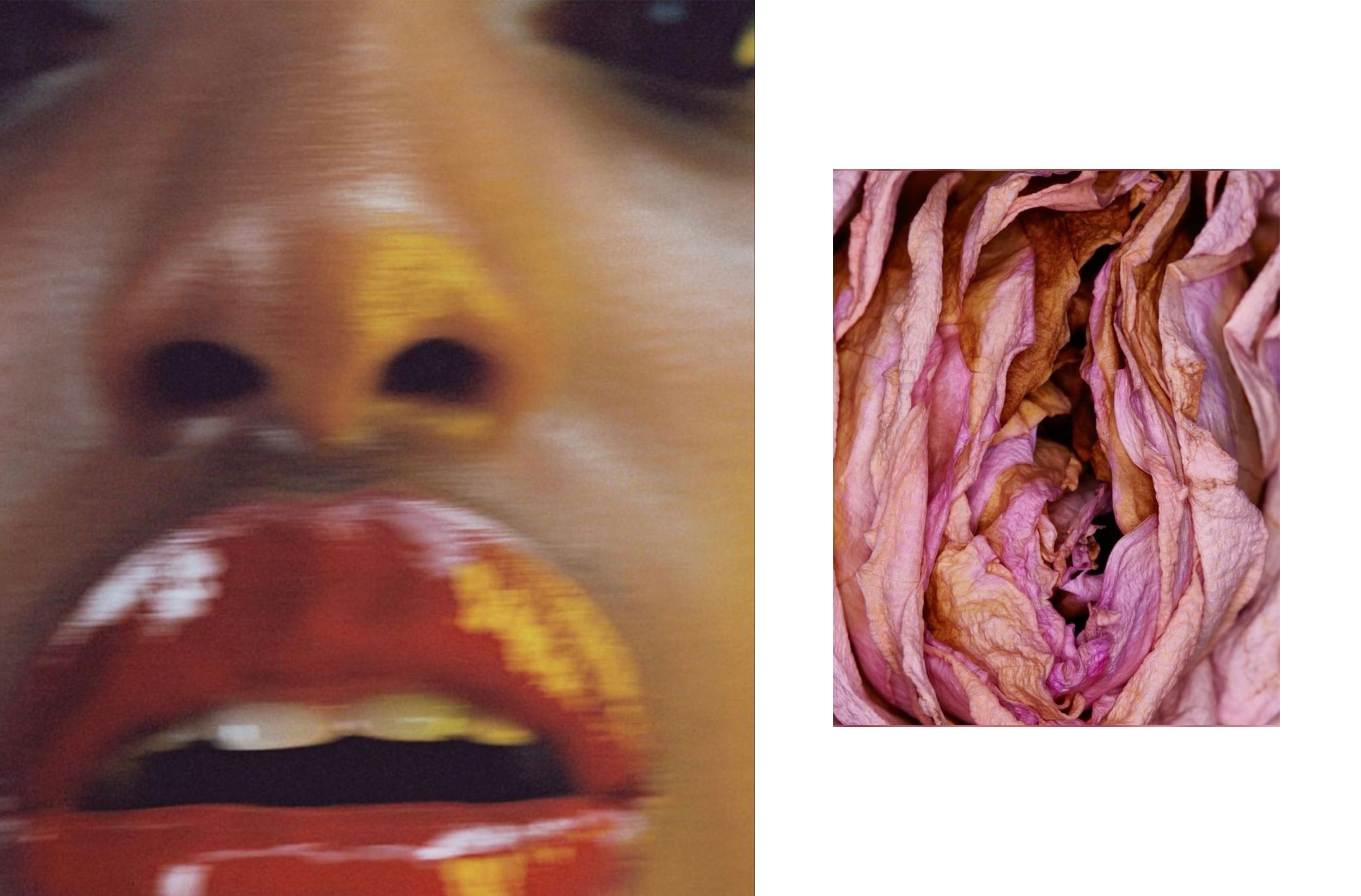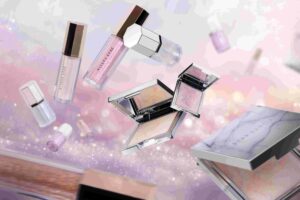The vaginal scent has a complex history intertwined with cultural and social factors, shaped by toxic narratives that have long rendered this natural aspect of femininity a taboo, subject to stigma and mortification. Leveraging women’s sense of shame, this history created a foundation of misinformation and repression that has profoundly impacted our health and freedom up to the present day.
The negative perception of vaginal odor (considered since antiquity as something “impure” or “distasteful” that needed to be covered up or concealed) was often fueled by cultural norms promoting an ideal of femininity as pure, pristine, and perfect. This has significantly influenced the (in)accessibility of comprehensive sexual education and understanding of the female body, while simultaneously establishing an oppressive environment.
On one hand, this atmosphere forced women to hide or alter their natural physiological traits, resulting in adverse effects on intimate health and a distorted collective image of the female body. On the other hand, it spurred an unprecedented market boom, exploiting women’s sense of mortification to promote the idea of a “perfect vaginal scent.”


Unsurprisingly, until just a few years ago, walking through the feminine hygiene aisle in any store, one could find shelves stocked with products aimed at “perfuming” the vulva, including soaps, vaginal deodorants, and creams. Digging a little deeper online, one could encounter websites selling entire product lines specifically designed to “improve” vaginal odor, offering scents like vanilla, cinnamon, or flowers, aligning the intimate area with prevailing market trends. This turned the management of vaginal scent into a fully-fledged industry that, unfortunately, continues to exist today as a direct legacy of the long-standing stigmatization of female intimacy.
The idea that the natural scent of a vagina is “unpleasant” or “offensive” has much older roots: as early as the Middle Ages, records show that the female body—especially when associated with pleasure or sexual organs—was regarded as taboo and that, after centuries of suppression, by the early 20th century, women resorted to invasive and makeshift solutions like vaginal douching or talcum powder to keep their intimate areas “fresh and clean.”
It was in fact in the 20th century that aggressive hygiene practices experienced a significant boom. Through insidious marketing tactics, companies turned the shame historically imposed on women into a profit opportunity. These practices not only severely undermined intimate health but also deepened a sense of embarrassment, shaping women’s perceptions of their bodies and fueling a supply-demand cycle that persists today and may take years to dismantle.
A notable historical example is Lysol in 1946, whose advertising campaigns blamed women’s body odor for marital conflicts and positioned its feminine hygiene products as the ultimate marital solution. Similarly, Femfresh associated a “fresh and odorless vagina” with chastity and purity, promoting the idea of an innocent, virginal woman preparing for her wedding night by using deodorant.
This extended the narrative beyond intimate hygiene to encompass sexuality and societal norms, intertwining vaginal odor with broader themes of femininity, pleasure, and bodily functions, including menstruation and discharge.


Also companies like Femfresh, Bidex, and FDS quickly developed a range of “intimate refreshing products,” positioning them as essential consumer goods on store shelves, making them accessible to the masses and rapidly expanding both demand and supply. Evan advertisements, magazines, and television played a crucial role in embedding these products in society: between the late 1960s and early 1970s, feminine hygiene products began to be marketed more frequently, particularly in women’s magazines and on TV, reaching an increasingly wide audience.
The most significant shift in perceptions of vaginal odor began with the sexual liberation and feminist movements, as part of a broader reclaiming of the female body. These movements challenged the social and cultural norms that confined women to absurd ideals of perfection. Natural odors, as well as other aspects of the female body such as body hair and menstruation, began to be seen as natural and personal. This questioned the traditional shame linked to sexuality and bodily functions.

However, this is a struggle we continue to fight today. While significant progress has been made since the 2000s in normalizing the natural scent of vulvas, the journey has been slower than hoped. I still remember lying in my room in 2015/2016 reading what we’d commonly call “beauty magazines” and coming across entire articles with titles like “How to Make Your Lady Downstairs Smell Great in 5 Steps” or “Dos and Don’ts Before Intimacy with Your Boyfriend: Step 1—Remember to Freshen Up Down There.”
This is not to criticize my fellow writers; those were simply the times. But it’s an example to show how few years have passed between the more general freedom we’ve experienced recently (though even this is a topic that deserves its own lengthy discussion) and how they were still marked by shame and repression.
Today, thanks to a society that has developed—at least in part—a greater sense of critical awareness and acceptance, we are witnessing a slow yet steady overturning of imposed standards, such as body positivity and female empowerment, that are working to say “no” to stigmatization and “yes” to normalizing natural odors as part of a broader conversation about the female body.
A conversation that involves doctors, activists, and social platforms, which promote a culture of well-being and self-acceptance that helps women feel freer to talk openly about their bodies. And by doing so even feminine hygiene products are undergoing a profound transformation, adapting to the needs of consumers rather than dictating them and this shift is helping women re-educate themselves to appreciate the natural beauty of their bodies.





